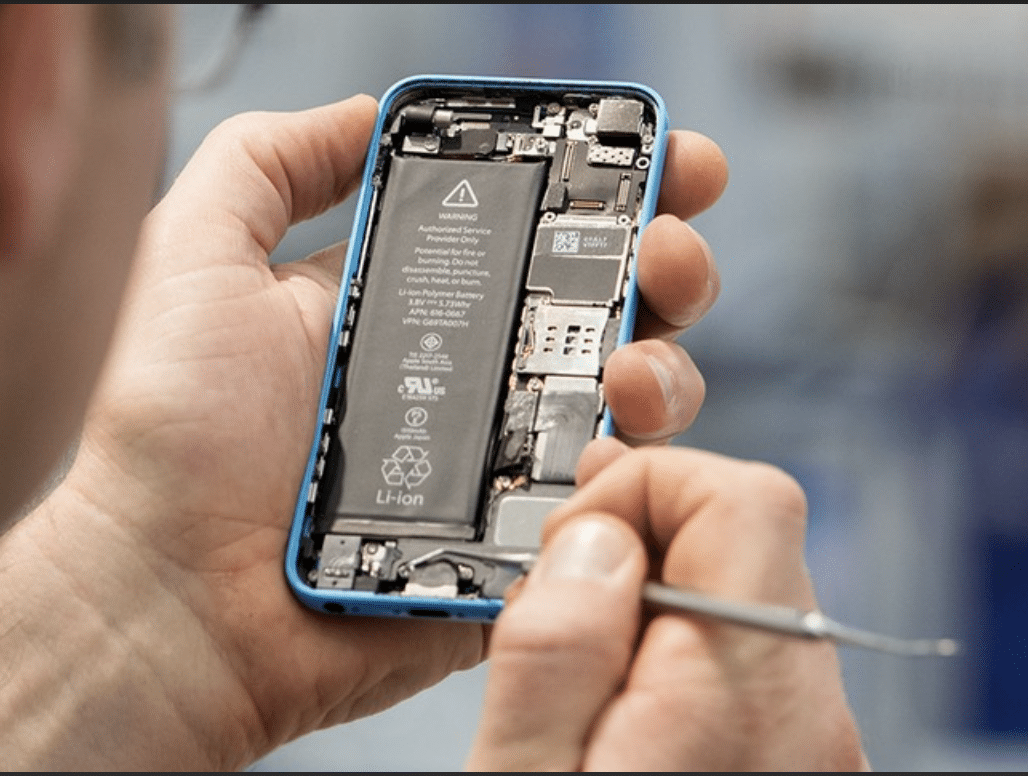Right to repair: what you need to know ahead of EU negotiations
By Alice Palumbo, Public Affairs Consultant
On 22 March 2023, the European Commission published the Right to Repair Directive, a legislative proposal on common rules promoting the repair of goods. The Directive aims to fight against the obstacles that discourage consumers to repair their devices. These range from mere inconvenience to a lack of transparency or difficulty accessing repair services.

‘Right to Repair’ is part of a larger legislative wave under the European Green Deal to encourage repair as a more sustainable consumption choice. These initiatives together cover the entire lifecycle of a product, complementing and reinforcing each other:
- The Ecodesign for Sustainable Products regulation (ESPR) promotes the reparability of products in the production phase.
- The proposal for a Directive on Empowering consumers for the green transition would enable consumers to make informed purchasing decisions at the point of sale.
- The initiative on Substantiating Green Claims would prevent companies from making misleading claims about their products and services.
Following the European Commission’s proposal, the ball is now in the European Parliament and Council’s court. They will start negotiating their internal position before reaching a mutual agreement in one year… That’s the hope!
To better navigate the intricacies of the EU political talks on the file, we have listed some key takeaways from the proposal:
- A new right for consumers: to claim repair to producers for products that are technically repairable under EU law. This will ensure that consumers always have someone to turn to when they opt to repair their products. It will also encourage producers to develop more sustainable business models.
- Producer will be obliged to inform consumers about the products that they are required to repair.
- An online matchmaking repair platform to connect consumers with repairers and sellers of refurbished goods in their area. The platform will enable searches by location and quality standards, helping consumers find attractive offers and boosting visibility for repairers.
- A European Repair Information Form which consumers will be able to request from any repairer, bringing transparency to repair conditions and price, and making it easier for consumers to compare repair offers.
- A European quality standard for repair services will be developed to help consumers identify repairers who commit to higher quality repairs. This ‘easy repair’ standard will be open to all repairers across the EU willing to commit to minimum quality standards, for example, based on the duration, or availability of products.
EU policy-makers will soon start discussions, but the road to a final legislation is long and winding with several stakeholders already raising many criticisms. NGO coalitions – who have long been advocating for an EU Right to Repair – are raising concerns regarding the affordability of spare parts and the availability of repair information. Several consumer organisations, supported by some political groups in the European Parliament, are calling for longer periods of legal guarantees. Industry is denouncing the lack of financial incentives for businesses.
The debate is expected to be very lively… However, the European Commission still hopes to adopt the final Directive before the European Elections, in May 2024.
